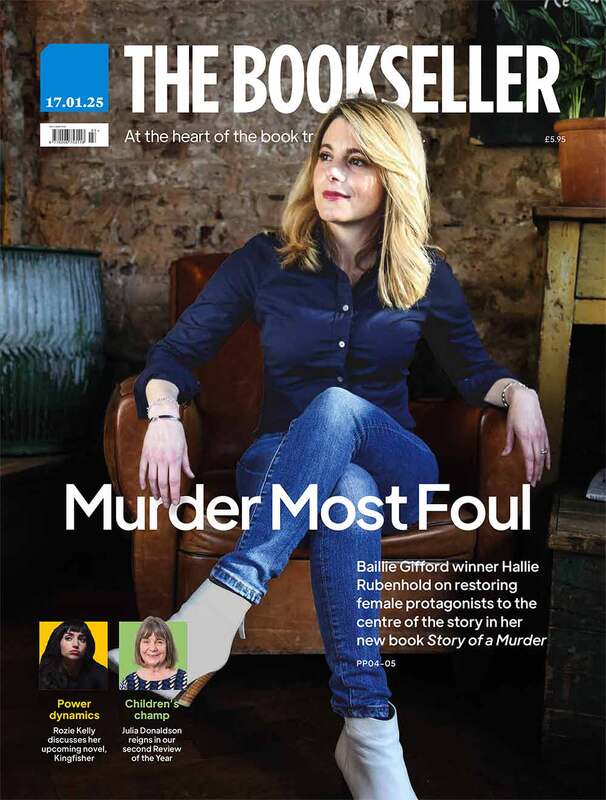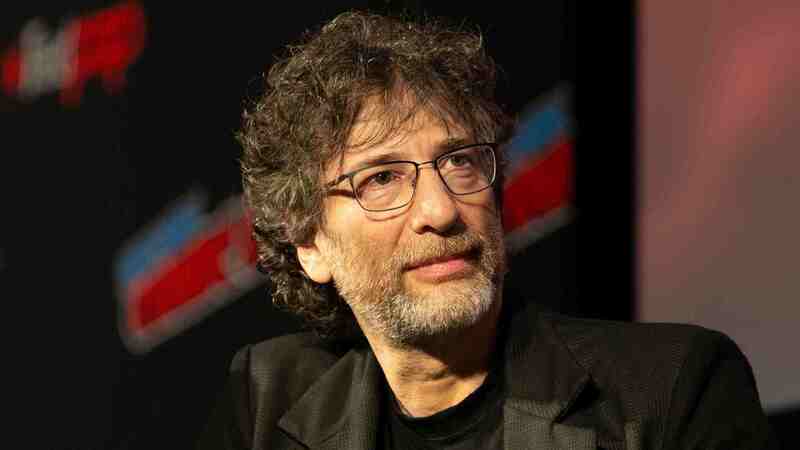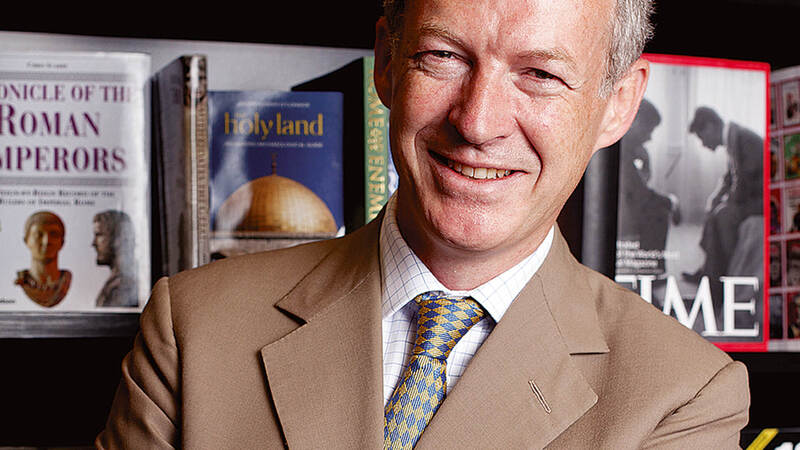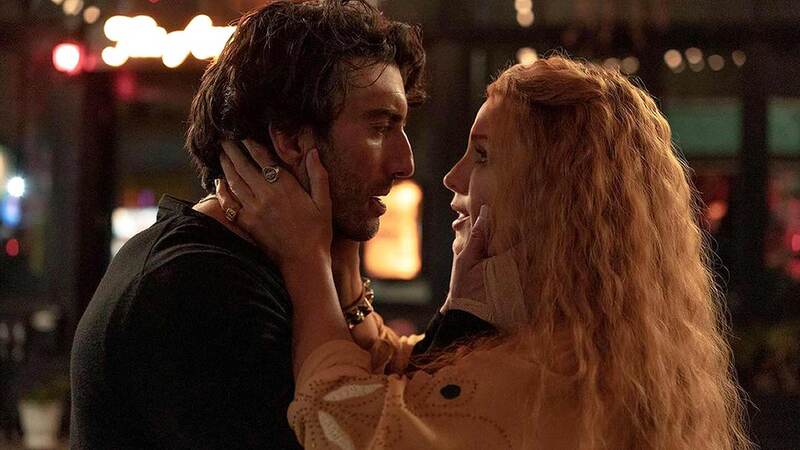You are viewing your 1 free article this month. Login to read more articles.
The DNA of BookTok romance
Romance novels seduce thousands on TikTok. Here’s what makes readers fall in love.
Social media is opening publishers’ eyes to a new demographic of younger and more diverse readers of romance novels. BookTok, a corner of TikTok where readers post content around books such as reviews, recommendations, and reactions, has changed the publishing industry rapidly. Where sales have traditionally been driven by retailer merchandising and press coverage, bookshop displays and bestseller charts are now often dominated by TikTok favourites, with bookshops introducing BookTok tables to help customers pick up the latest viral hit. You only have to look to bestseller lists around the world to see just how influential this demographic can be. And their behaviour has changed the way we view a book’s lifecycle; influential posts with millions of views have the power to catapult writers into the charts years after their book was first published.
Romantic fiction has always represented a huge part of the market – often overlooked in literary round-ups and coverage, yet representing millions of pounds’ worth of sales every year in the UK alone. But the genre has come further into the spotlight recently given its popularity on BookTok. And if, like me, you spend (arguably too much!) time on the app, it’s easy to see why. Romance, from rom-coms to erotica and everything in between, is a form of storytelling that naturally generates word-of-mouth buzz. Authors, agents and publishers all have their eyes on what can drive this sort of frenzy. And, beneath the algorithms, influencers and reactive strategy, the love stories grabbing readers’ attention have a few things in common.
Far from being formulaic (as is the accusation sometimes thrown around about romantic fiction, to my despair), love stories need a plotline that keeps you guessing – "will they, or won’t they?". Not all love stories have a traditional happy ever after, but even those that do need to surprise their readers along the way. Much like crime and mystery, the art of emotional suspense is crucial to making a romance really sizzle – it’s as much about the journey as it is the final destination.
Just as teens put up pictures of their favourite crush on their bedroom wall, a great love story can introduce readers to a ‘book boyfriend’ or ‘book girlfriend’ – and if writers can stir this level of passion in their readers, they’re onto a winner
For writers, this presents an opportunity to look around them and write what they know – fundamentally, a love story comes down to a connection between characters, something that can happen anywhere. While there’s a huge market for escapist, far-flung locations and millionaire characters, there’s something life-affirming about a high-energy love story set in a world that readers will instantly recognise, since it brings home the possibility of connection in the most everyday of places – giving us hope as we’re queuing in the supermarket or starting a new job.
Whatever the setting and plot, the real success of a romantic novel lies with its characters, and the way they make the reader feel. When an author knows and loves their characters, they bring them to life all the more vividly – and, in a love story, authors have the additional consideration of pairing up characters who’ll complement and challenge one another. Not only does the chemistry between the central pair need to sing, but the best novels will make their readers fall head over heels for the characters – perhaps seeing themselves, or who they’d like to be, in one, and swooning over the other.
Most likely, we’ve all fallen in love with a fictional character in our time – and, like in real life, it’s tempting to shout about them from the rooftops. Just as teens put up pictures of their favourite crush on their bedroom wall, a great love story can introduce readers to a "book boyfriend" or "book girlfriend" – and if writers can stir this level of passion in their readers, they’re onto a winner when it comes to securing their place in readers’ hearts (and gaining traction online). Even better if there’s another contender for the protagonist’s heart . . . Team Edward vs Team Jacob, anyone? Or – nicher yet no less furiously debated – Team SG, or Team Dave the Laugh?!
Another factor in the genre’s popularity is that readers have developed shorthand to compare and vouch for their favourite sub-categories – and what is social media, if not tribal!? For decades, specialist romance publisher Mills & Boon has invited readers to choose between different series and sensuality levels; now, publishers around the world are helping readers discover new favourites by promising "forced proximity", "enemies to lovers" or "grumpy sunshine" – all of which helps books be discovered fast and encourages readers to swap reactions to common tropes with fellow fans all over the world. Together, all of this makes for a genre that is relatable, emotionally engaging and primed for enormous talkability.
Beyond what’s on the page, it’s interesting to consider publishing trends in a wider context. Possibly, the relative safety net and undeniable escapism of love stories is proving so appealing right now because it offers comfort in a rocky time. The phenomenal recent success of nostalgic and cosy crime has been driven by a different demographic but, ultimately, we’re all living on the same rock, absorbing similar anxieties. It’s hard not to wonder whether we’re currently turning more to happy ever afters and comforting mysteries than to more unreliable structures and themes in response to some of the very real drama that we’re all confronting on a daily basis.
It’s an exciting time to be a fan of love stories. But, for aspiring writers in the age of BookTok, there are some things to keep in mind. Social media is undoubtedly a blessing and a curse – it can be a valuable mouthpiece but, thanks to increasingly clever algorithms, it will always be a bubble. And, as incredible as it can be for building connections and finding inspiration, it can lead to feelings of inadequacy or imposter syndrome when constantly comparing your work to authors (or publishers. . .!) whose work is going viral.
There is no perfect formula for success, but for long-term creative connection and satisfaction nothing beats authenticity. This bears out in both writing and social content – the joy and puzzle of TikTok is how organic it is. Writing to trends is tempting, but on both a practical level and a creative level it tends to box you in – not least since there’s no guarantee that what’s selling now will be selling in a year’s time. If you’re writing what could be the next big love story, my advice would be: look up and look out every so often, but prioritise getting to know your characters and exploring their unique journey – and write from the heart.
Aspiring authors seeking more advice on their works can use a variety of resources from publisher Penguin Random House to aid their writing journey. The Getting Published hub, offers advice and essential tools to aspiring authors. Penguin Random House also runs its yearly WriteNow programme. The initiative helps to seek out, nurture and publish aspiring writers from underrepresented communities in the UK, equipping writers with the tools and information they need to launch their career as an author. The programme gives applicants the opportunity to attend workshops, receive feedback from an editor at Penguin Random House and in many cases has seen WriteNow authors get published.
















